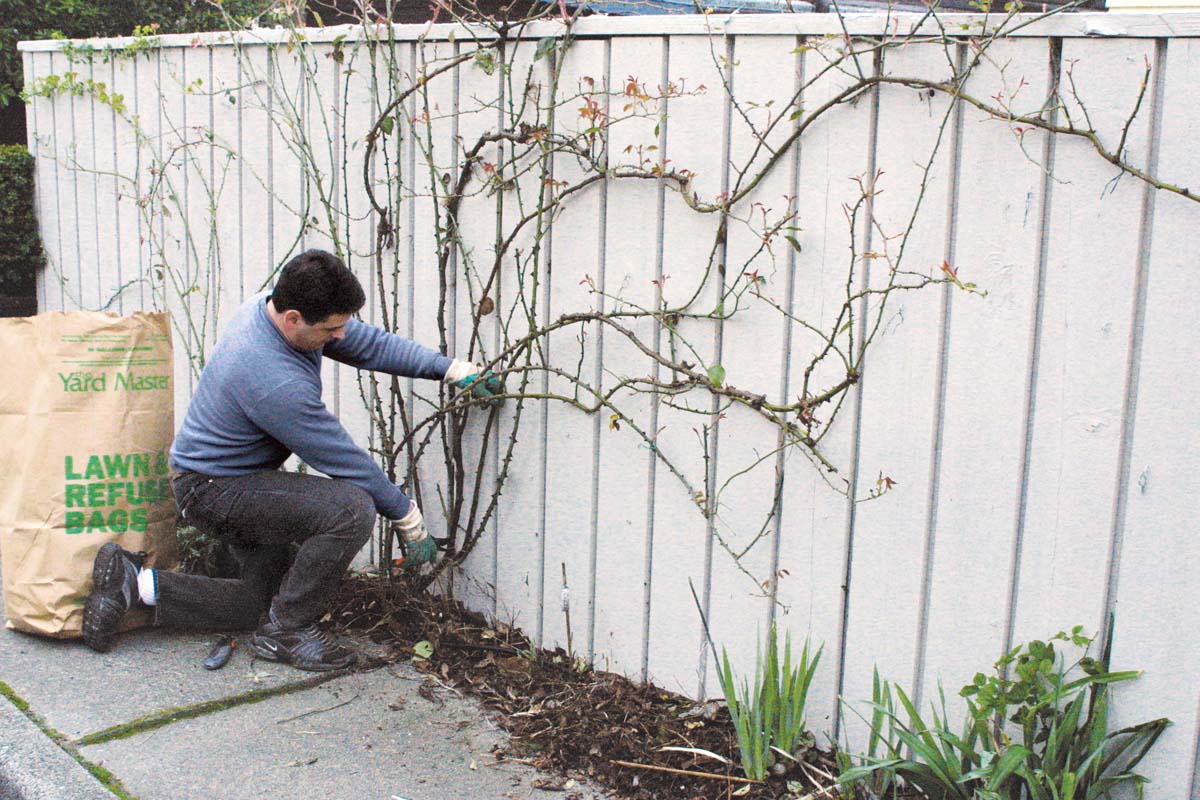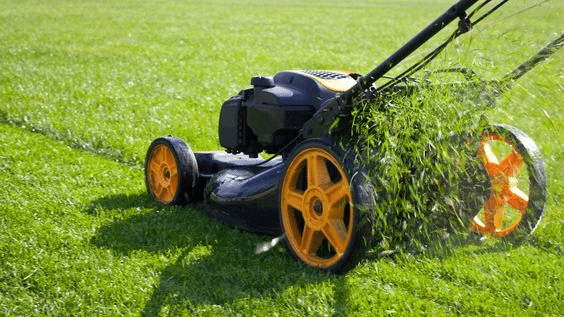7 Tips to Prepare Your Lawn for Summer
The long stretches of sunlight and higher temperatures of summer are a welcome change from the colder seasons. But as the heat grows more intense, it can also wreak havoc on your lawn.
That means dead patches and weed infestations. So if you want to maintain its lush and green carpet, here are a few tips and tricks you can do to prepare your lawn for the summer season.
1. Remove thatch
Since it’s challenging to keep up with the maintenance during the winter and early spring, your lawn may have accumulated a thick layer of thatch. From weeds, mushrooms, and debris, you’ll have to clear them out if you want to have attractive turf this summer.
A thin layer of organic matter can benefit the soil by adding enrichment once it decomposes. But weeds and mushrooms tend to absorb the nutrients in the ground that should be for the grass.
If you want to take your time, you can remove mushrooms and weeds with a dethatching rake. But if you’re in a pinch you can also treat it with a liquid lawn dethatcher.
2. Aerate the soil
Not many may not know about the process of aerating soil, but it’s essential for allowing water, air, and nutrients to absorb down into the roots so your lawn stays healthy all year.
You can do this manually by using a pitchfork to puncture small holes throughout your lawn. But if your space is expansive, you’ll be more efficient with an aeration machine. Make sure to do this when the ground is soft so it’s easier to dig down. You can water the ground beforehand or wait a day after rainfall.
3. Sow grass seeds
After the harsh temperatures of winter, you might find a few dry patches on your lawn that leave the soil bare. If you’re done removing thatches, there might also be blank spaces that need filling in.
The secret to a lush and uniform lawn is to overseed in the right season. If you have warm-season grass like celebration bermuda, it’s best to sow seeds from late spring to mid-summer. While if you have cool-season grass, seeds will germinate best in the fall.
Don’t forget to water your lawn generously to encourage the seeds to grow. If the growing conditions are right, they should start to appear after 10 days.
4. Mow your lawn
By spring, the grass should come out of hibernation and start to grow again. If you want to keep your turf neat, you should stick to mowing it regularly.
You can get away with mowing your lawn once a week in the spring but do it twice a week in the summer. Make sure the grass is dry when mowing, so the blades can make a clean cut.
Put your mower at the highest setting for the first cut of the year. Then adjust it to maintain about 4 cm (1 ½ in) of grass during spring and fall. While cut it down to 2.5 cm (1 in) in the summer. Remember to mow in straight lines and gather up the clippings once you’re done.
5. Water regularly
Since it seldom rains in the summer, you’ll have to water your lawn more frequently if you want it to stay lush and vibrant.
Aim to water before 10 a.m. or after 4 p.m. when the heat isn’t too intense. Make sure to water until 6-8 inches of the soil is wet so it reaches the roots.
You can do this manually by using a hose, or you can also set up an automatic sprinkler system if it’s more convenient.
6. Add fertilizer
Similar to other plants, your lawn also needs fertilizer to ensure they get the best nutrients to grow. It’s ideal to start feeding cool-season grass during early spring when it begins to grow and apply another application in the fall. Feed warm-season grass during the summer so it stays green and healthy.
Use a spreader for fertilizing to coat your turf evenly. You can choose between a broadcast and a drop, and each fertilizer will have its own setting. Make sure to check the label to determine the proper application.
7. Prevent weeds
After all of your hard work, you don’t want any weeds to overtake your lawn. You can prevent it by keeping your turf healthy. Since thick and lush grass leaves little room for weeds to grow.
You can also keep the grass taller since this will shade the soil from the light and prevent weed seeds from sprouting. Watering deeply can also help the grass develop a healthy root system so it can fight off weeds more effectively.
If you see some start to pop up, make sure to pull them out immediately before they start to take over.







